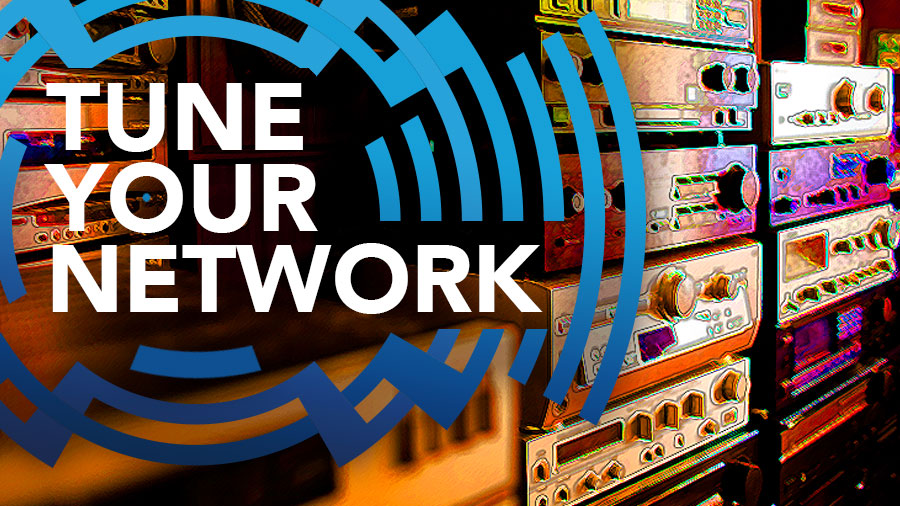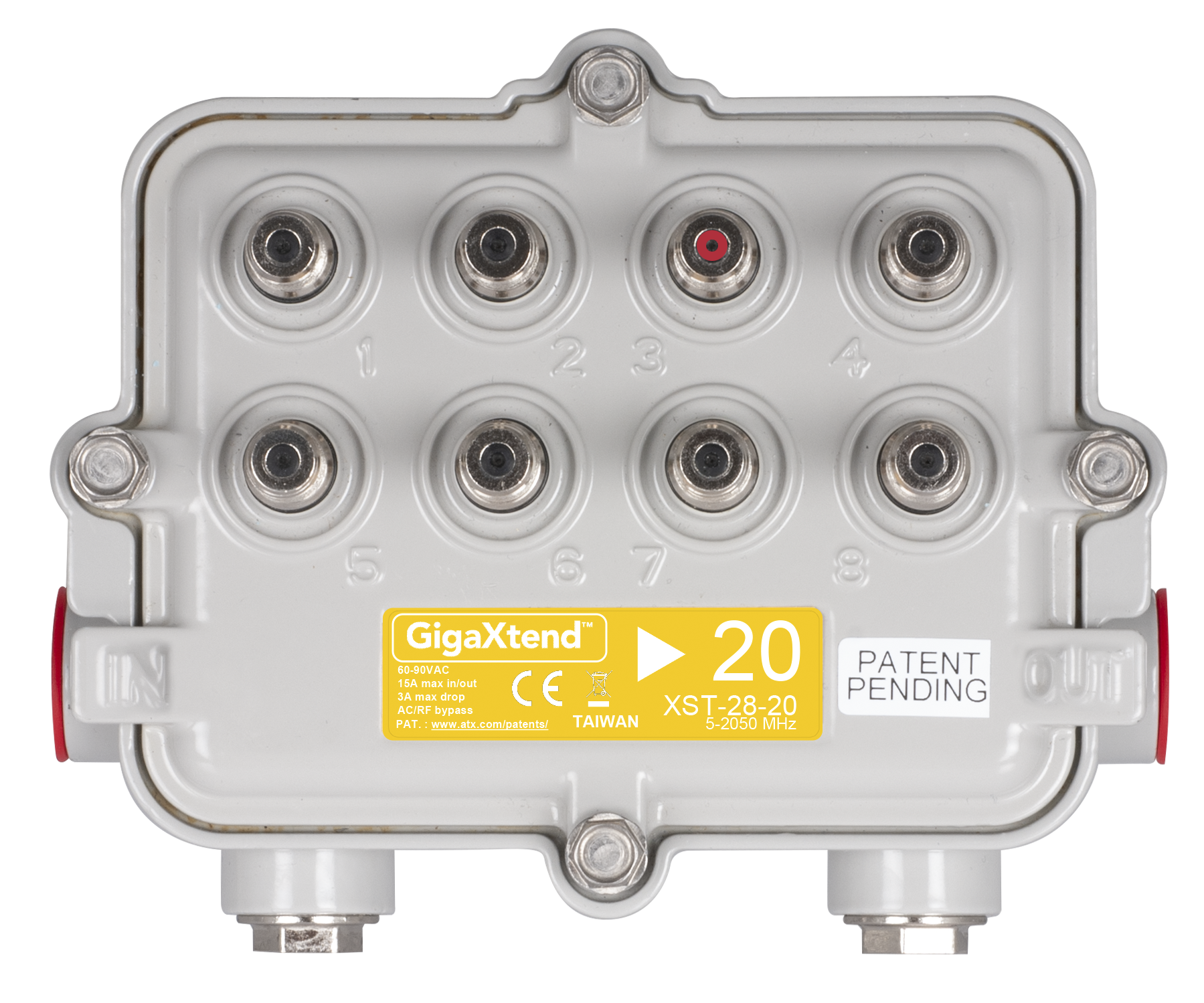Blog
July 10, 2019
How Next-Gen Taps & Passives Can Help Tune Your Network to Perfection
By Joe McGarvey, Senior Director, Marketing |

Like nearly everyone these days, I can fit what amounts to all of my music-playing equipment, along with my entire music collection, into my back pocket. That wasn’t always the case, of course. Not that long ago, I could easily consume an entire wall of a good-size room with the equivalent of what I can now carry with one hand. My “hi-fi” stereo system was a beautiful and expensive mashup of separate components — amp, pre-amp, tuner, cassette deck, turntable and speakers — the bigger, especially when it came to the speakers, the better.
The adage embraced by music enthusiasts – as well as stereo equipment salespeople – of that era was that the quality and performance of your overall system was only as good as the weakest component. Paying a small fortune for an amp and tuner was an overture in futility if you didn’t shell out to upgrade your speakers, too. And stringing all those components together with anything but top-of-the-line connectors and cabling was to risk derision or even ostracism from fellow audiophiles.
I take this stroll down nostalgia lane not just to expose how old I am, but to make a point about the importance of taking an end-to-end perspective as you progress through your network transformations. End-to-end innovation was exactly what ATX had in mind when we introduced our GigaXtend family of 2GHz hardline taps and passives earlier this year. The new technology establishes industry benchmarks for bandwidth and insertion loss.
Ongoing Technology Migration
Nearly every MSO is busy investigating or making a major technology or architectural upgrade to keep pace with market demands and increasingly fierce competition. Cable operators are turning to DOCSIS 3.1, Distributed Access Architecture (DAA), Full-Duplex DOCSIS (FDX) or a combination of several or all to inject enough performance and agility into their infrastructures to keep their HFC networks humming for the next decade or so. Extended Spectrum DOCSIS (ESD), a pending specification designed to squeeze tens of gigabits of capacity out of the coaxial cable lining the last mile of your networks, is also gaining momentum.
Amid all this heavy lifting, it’s vital that MSOs not lose sight of the importance of making sure that the outside plants of their networks are receiving the proper attention. Though small in size, the taps and passives in your outside plant play a big role in ensuring that you maximize the performance potential of your HFC networks – today and into the next decade.
“The bottom line is that the taps and passives currently in your network are of an era and design type that limits their longevity.”
The bottom line is that the taps and passives currently in your network are of an era and design type that limits their longevity. Maxing out somewhere shy of 1.7GHz, even the most modern of current passives pose long-term innovation adoption issues. They will eventually need to be replaced by something supportive of ESD and based on a more future-friendly design.
But there are also immediate benefits to updating your hardline passives with next-generation solutions. By offering minimal insertion loss at 1.2GHz or higher, the GigaXtend family of taps and passives enables MSOs to realize significant OPEX and CAPEX savings by extending the reach of actives and reducing the need to make costly reconstruction alterations to your outside plant following spectrum upgrades or architectural enhancements, such as moving fiber deeper into your networks.
ESD in the Wings
Some MSOs are currently investigating boosting the spectrum across their networks as an alternative to FDX for increasing upstream bandwidth. Moving to a higher spectrum, like the 1.8GHz that likely will be supported by the recently unveiled DOCSIS 4.0 specification, would give cable operators the room they need to bolster upstream bandwidth without needing to adopt new and untested technology across their networks, which is a requirement of FDX. GigaXtend taps are designed to support 2GHz out of the box, providing MSOs with all the spectrum they need to boost upstream bandwidth to desired levels.

Webinar: Exploring the Benefits of Low-Loss, High-Bandwidth Taps & Passives
DOWNLOAD THE REPLAY
I invite everyone to join ATX subject matter experts in a webinar, Exploring Benefits of Low-Loss, High-Bandwidth Taps & Passives, to get more details about all the ways GigaXtend can deliver substantial cost and performance advantages — today and tomorrow.
Until you can shrink your network into an integrated, self-contained system that fits in your pocket, it’s probably best to follow that old adage and make sure you’re getting the highest fidelity possible from one end of your infrastructure to the other.


